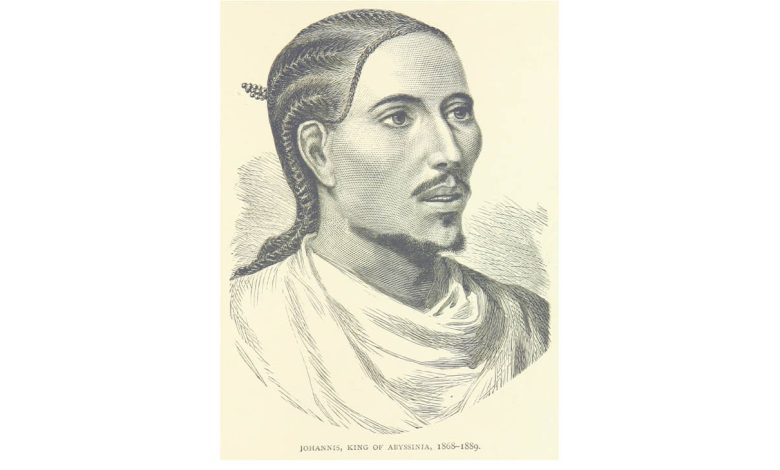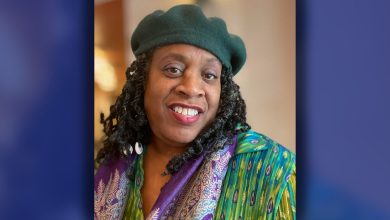Rooted in Tradition: The Intricate History of Black Hair Braiding

By Tamara Shiloh
Braids are a multicultural hair fashion. Braiding has been identified in Africa, Greece, Italy and Egypt dating as far back as 2000 BC. Along with the many cultures, there are many types of braids including Micro braids, goddess braids, Ghana braids, snake, mohawk, Dutch, French, halo, fishtail, waterfall and so on. There appears to be as many types of braids as there are types of hair.
African American braids hold a rich and significant history that goes beyond mere aesthetics, deeply rooted in culture, tradition, and resilience. These intricate styles, which have adorned the heads of African people for centuries, carry with them stories of identity, resistance, and cultural pride.
The history of braiding dates back thousands of years to ancient Africa, with evidence of complex braiding found in ancient Egyptian artifacts dating as far back as 3500 BCE. Braiding was more than a hairstyle in many African societies, serving to classify its practitioners, too. Different styles could communicate a person’s age, marital status, wealth and tribe. The Himba of Namibia are masters of elaborate braiding, employed to denote stages of a woman’s life.
The early Africans put to good use their ancient knowledge of coded languages against their masters. One of such means was through the multifaceted African black hair. It was in this time that the cornrows patterns on Afro hair became more complex. Communications between slaves were restricted but the braids and cornrows they wore could send the necessary messages where needed. These included locations to meet, thoughts, and responses.
African women would braid rice and other grains into their hair, or their children’s hair, to ensure they had food during the Middle Passage, the 80-day journey that transported enslaved Africans across the Atlantic to America. This practice was called cornrows and involved hiding other seeds and grains, such as okra, peanuts, benne, and watermelon. The women would braid these items into their hair before traveling, or before separating children between plantations.
Enslaved Africans also used braiding to maintain a sense of community and to pass on traditions and knowledge through generations.
Braids are not just a style; this craft is a form of art. Women and men of all ages are getting their hair braided on a day-to-day basis casually or for an elegant event. The art of hair braiding has evolved beyond the original cultural purposes.
From ancient African societies to contemporary fashion runways, braids have remained a powerful symbol of identity and resistance. As we continue to celebrate and honor these intricate styles, it is crucial to remember and respect their rich historical and cultural significance.





